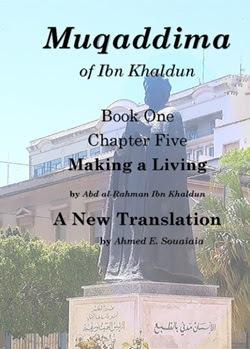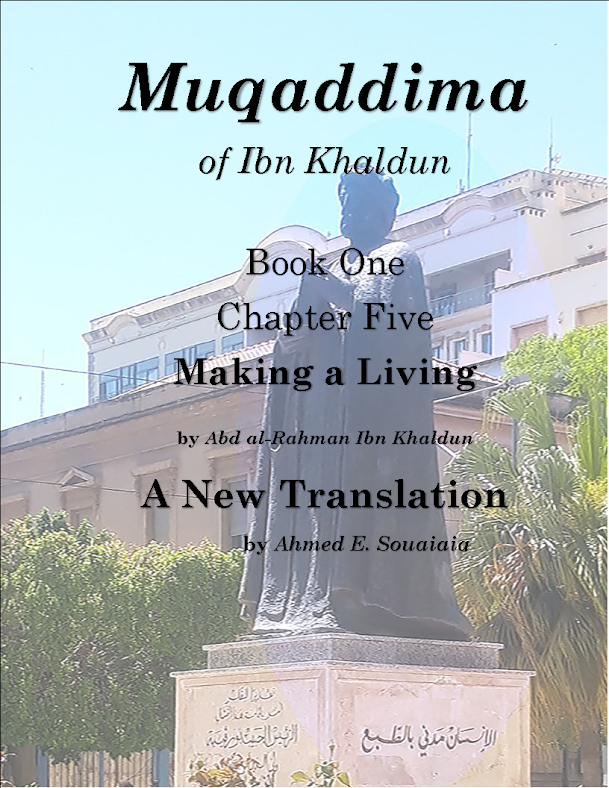TO MANY in the West, Hell is just a medieval relic. It went out with ducking stools and witchcraft. It should have disappeared with Plato, who said he wanted to delete every reference to future pain from Homer as damaging to moral character; or with Cicero, who said not even old women believed it; or with Seneca, who thought it a fable only for not-yet-shaving boys.
Hell hardly hurts any more. In everyday parlance (“What the hell are you doing?”), it is merely a bark, not a place. As a place, it is anywhere nasty: the London Underground in summer, the worst bits of Lower Manhattan, department stores at sales time, a publisher’s party. Philosophically, Jean-Paul Sartre has encouraged the idea that Hell is other people. Theologically, even the Vatican now defines Hell as a state of exile from the love of God. The devils and pitchforks, the brimstone clouds and wailing souls, have been cleared away, rather as a mad aunt might be shut up in the attic.
But hold on. For many people in the world, Hell still exists; not just as a concept, but as a place on the map. “Hell is Real,” declare the billboards across the American South: as real as the next town. To make it an abstraction is comforting and tidy, but doesn’t work. Religion thrives on fear, as well as hope: without fear, bad behaviour has no sanction and clerical authority wins scant respect. “[People] must have hell-fire flashed before their faces,” wrote General Booth, founder of the Salvation Army, “or they will not move.” And there can be no fear of a place that is not detailed and defined. Hindus, Muslims and Buddhists all still have a Hell, and those who are devout believe in it. So do fundamentalist Christians. For some decades now they have specialised in “Hell Houses” in which terrified American teenagers, herded by “demons”, are shown graphic strobe-lit scenes of brawlers, suicides and drug-takers, as plausibly infernal as any medieval imagining.































